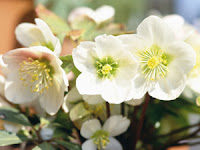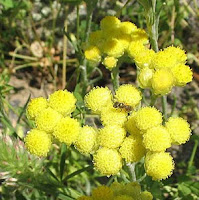The butterfly counts not months, but moments, and has time enough – Rabindranath Tagore
Do you want flowers with wings? You may not allow yourself to sit down and enjoy the garden in the middle of the day as often as you could. It’s easy to get caught up in planting, weeding and deadheading. But if you only sit down in the evening, you’re missing something – butterflies! They’re most active when the sun is out and the weather is warm. Can you think of a better excuse to take a break than butterfly watching?
Butterfly garden design tips:
Give them shelter
If your garden is windy, provide a windbreak. A hedge of lilacs is good because it provides nectar in spring and shelter the rest of the season. Walls and fences slow down the wind and also make a nice backdrop for plants.
Create a drinking pool
Butterflies “puddle” to take in needed nutrients and salts. You can make an artificial mud puddle with a shallow dish or saucer. Fill your shallow vessel half with sand and half with composted manure. Add water to your mud puddle and top it off with a piece of decaying fruit and watch how many butterflies stop by!
A start in the sun
Although butterflies may rest and hibernate in wooded areas, they only fly well when their wings are warm and dry. A rock in a sunny place is a good spot where they can prepare for a day of flying.
A family-friendly location
Butterflies choose specific plants on which to lay their eggs so the caterpillars will have lots of food as soon as they hatch. If you want to see the caterpillars form chrysalises and emerge as butterflies, grow the plants the caterpillars love. Some foods caterpillars love are milkweed for monarchs, parsley for black swallowtails and snapdragons for buckeyes.
Go easy on sprays
Handpicking and spot treating with insecticidal soap are the safest ways to get rid of unwanted insects without harming butterflies.
Read more about butterflies
Offered below, for your viewing pleasure, is a PBS documentary on the amazing Monarch migration - condensed into 5 minutes.
If you enjoy this website, you might like my magazine, Gardening Life.
Thank you for stopping by to spend time in my garden. If you liked the article, please take a moment to let me know. I will be delighted if you would suggest Gardens Inspired to your friends, follow me or subscribe to my Blog.
Leave a legacy, but garden like you’ll live forever!
-Debra
Did you like this post? Please recommend it to other readers by selecting the g+1 box, below.



















































